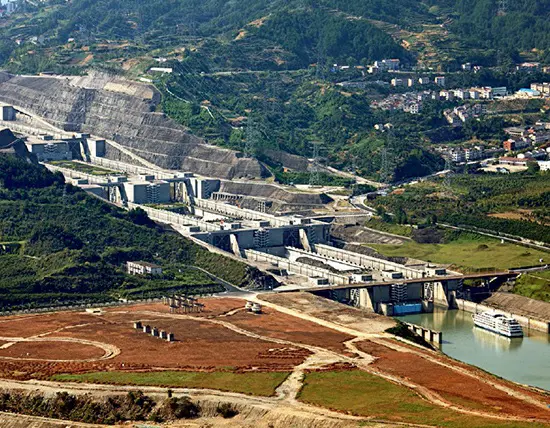Hydroelectric power, harnessed from the kinetic energy of flowing water, has a long history dating back to prehistoric times when it was used for milling and irrigation. However, its modern application as a significant electricity generator began in the late 19th century, marking a pivotal shift in energy production. The method involves using the water flow to rotate turbine generators, thereby converting mechanical energy into electricity. Large-scale hydroelectric projects often necessitate the construction of dams to create reservoirs, ensuring consistent water flow throughout the year.
Significant milestones in hydroelectric development include the construction of the Hoover Dam in 1928, producing 1,345 megawatts, and the even larger Grand Coulee Dam in 1942 with over 6,800 megawatts. The record was further surpassed by the Itaipu Dam in 1984 and the monumental Three Gorges Dam in China, completed in 2012, boasting a staggering 22,500 megawatt capacity. Hydroelectric power now contributes approximately 16% of global electricity, playing a crucial role in sustainable energy.
However, the expansion of hydropower has not been without controversy. The environmental and social costs include loss of land and ecosystems, displacement of communities and wildlife, alterations in downstream aquatic environments, reduced nutrient and sediment flow, increased methane emissions, and risks associated with dam failures. These challenges highlight the need for careful assessment and responsible stewardship in hydropower development, involving both governmental and citizen advocacy efforts to balance the benefits with the potential ecological and social impacts.

